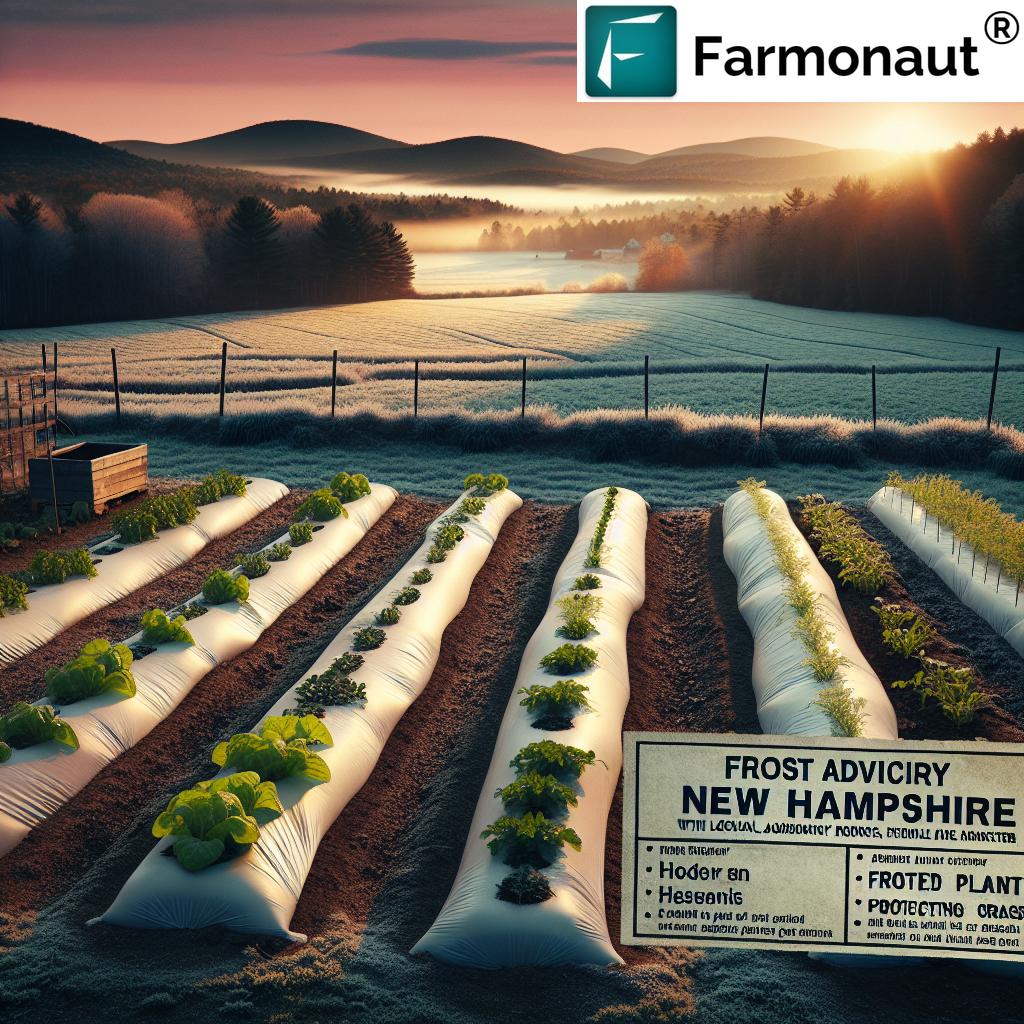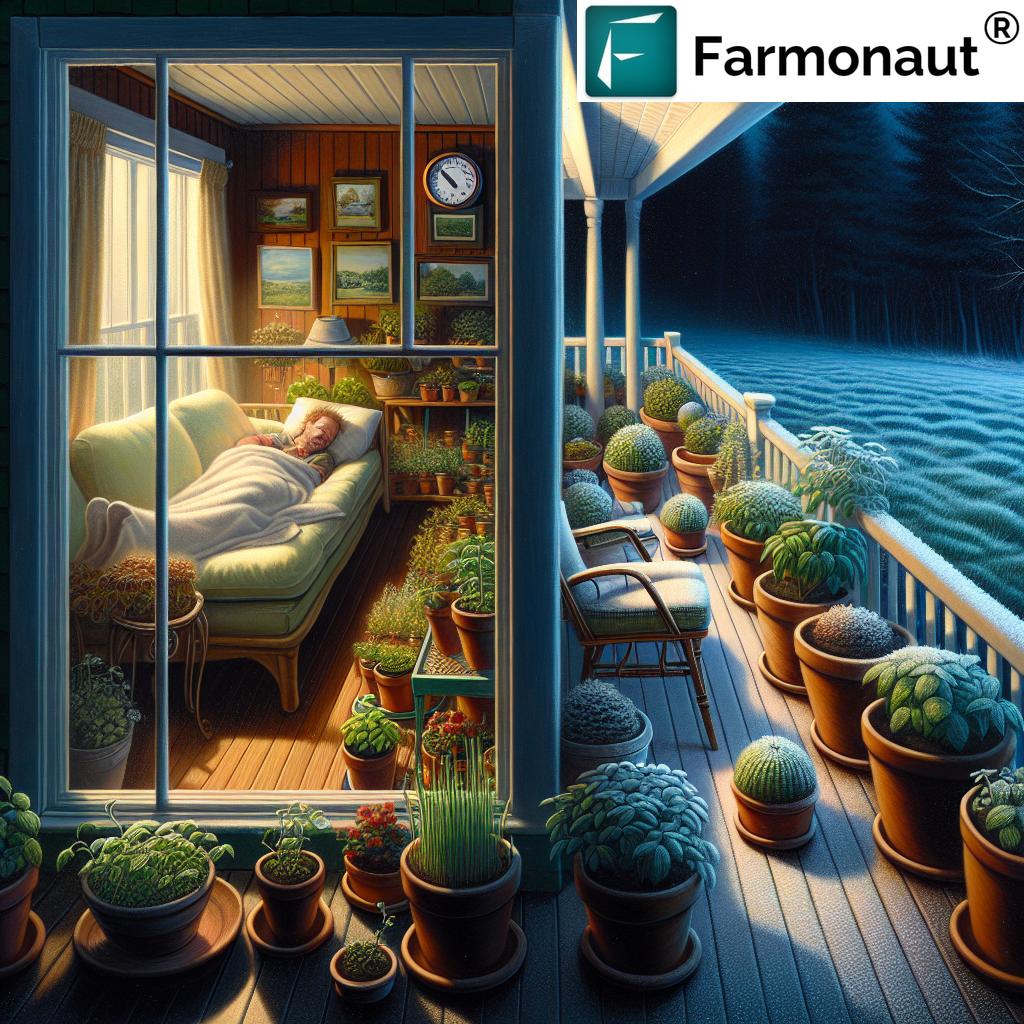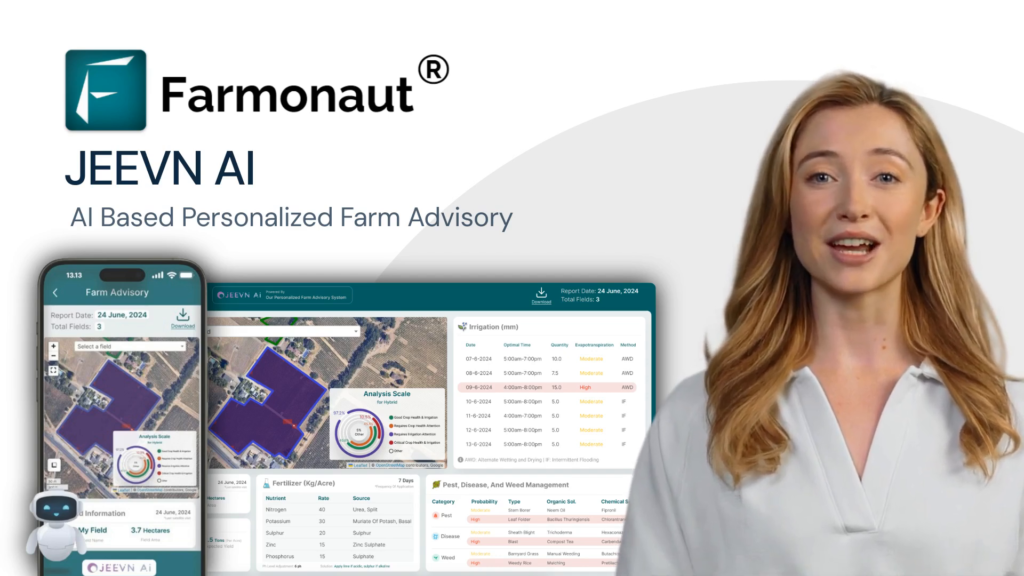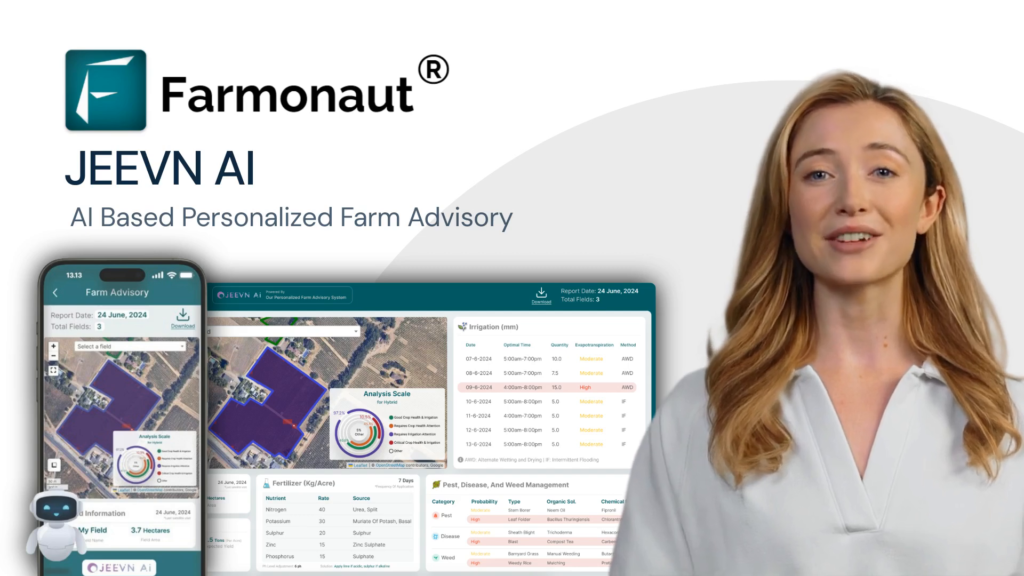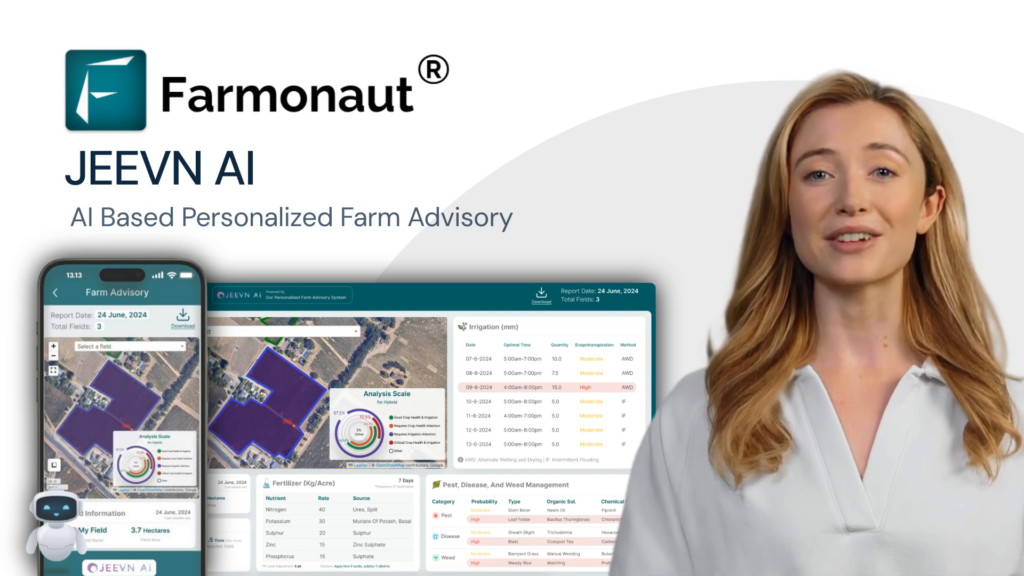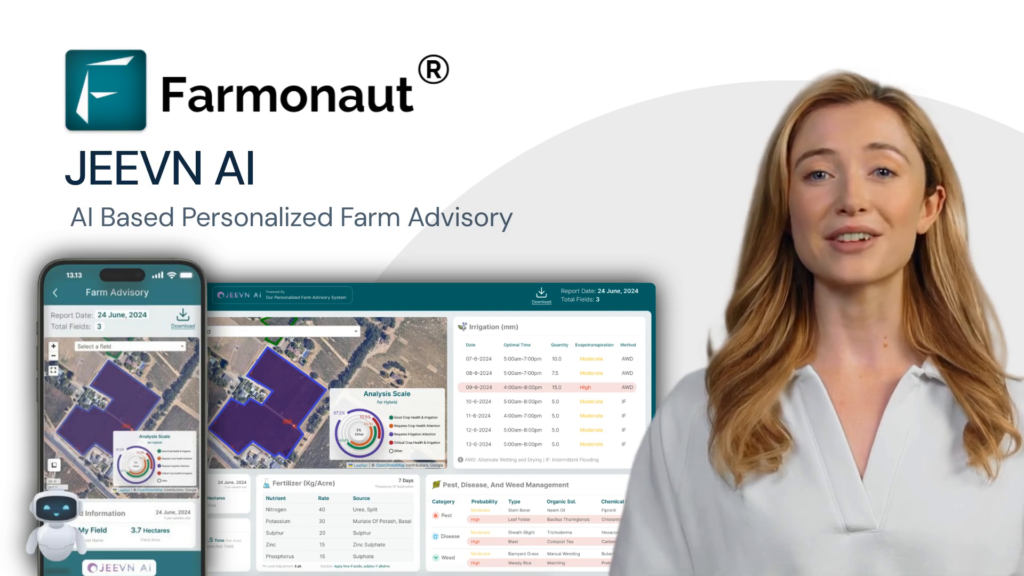Frost Advisory New Hampshire: 7 Powerful Ways to Protect Crops Tonight
“New Hampshire frost can damage up to 30% of unprotected crops overnight, risking major losses for local farmers.”
When the National Weather Service issues a Frost Advisory New Hampshire, farmers, gardeners, and residents throughout Portland, Maine and New Hampshire—from Augusta, Lewiston, and Bridgton to York County, Concord, Keene, and the scenic Lakes Region—know it’s time to act fast. Tonight’s temperatures are expected to dip into the lower 30s across interior regions, threatening the well-being of plants, home gardens, and agricultural crops. Understanding the risk and taking the right protective measures can mean the difference between thriving crops and costly loss.
In this comprehensive guide, we’ll explore seven powerful frost prevention strategies you can deploy tonight, empowering you to safeguard your plants and ensure a healthy harvest. We’ll also explain the science behind frost, offer a handy comparison table, and show you how innovative tools like Farmonaut can amplify your crop protection and decision-making. Let’s keep New England green and bountiful, starting tonight.
Why Frost Matters in New Hampshire & Maine
When a frost advisory is in place across the interior areas of New Hampshire and Maine, we’re not just talking about chilly weather or minor inconvenience. Frost can devastate entire fields of young crops and ornamental plants overnight. In regions like Concord, Keene, Lewiston, or Portland, frost events considerably impact local food security, farm income, and backyard harvests. The cold temperatures expected tonight put hundreds of acres of valuable produce at risk.
Some crops are particularly sensitive: tomatoes, peppers, cucumbers, beans, and many fruit blossoms face nearly 100% loss with just a few degrees below freezing. Meanwhile, frost-resistant varieties and mature perennials often weather the event—if adequate protection measures are taken.
- Spring frosts threaten all seedlings and transplants in home and market gardens in Augusta, Bridgton, and rural York County.
- Late summer or fall frosts can abruptly end the growing season, killing tender crops before harvest in the Lakes Region or Central Maine.
- Climate change is causing more unpredictable temperature swings, so our response must become both faster and smarter.
Let’s explore the current advisory details before diving into actionable frost protection techniques.
Current Frost Advisory: Coverage & Impact
The National Weather Service in Gray has placed a widespread Frost Advisory in effect tonight for interior regions of Maine and New Hampshire. Here’s the latest as of our publication:
- Start Time: 8:00 p.m. (local time)
- Expires: 6:00 a.m. Monday
- Primary Areas Affected:
- Maine: Portland, Augusta, Lewiston, Bridgton, Interior York County
- New Hampshire: Concord, Keene, Lakes Region
- Temperature Range: Lower 30s (°F), especially in valleys and lower-lying locations
- Risk Level: High for all tender plants, young crops, and home gardens left uncovered
- Recommended Actions: Cover sensitive vegetation, bring potted plants indoors, and apply frost protection strategies
“Covering plants can reduce frost damage by 50% in Concord and Keene during sudden temperature drops.”
We in New England are used to cold snaps, but tonight’s synchronized drop in temperature across vast interior areas demands swift attention. Our goal is to ensure that none of our efforts go to waste and that your crops, gardens, and landscaping survive the night unscathed.
At a Glance: Frost Protection Methods Comparison Table
For quick decision-making during a frost advisory New Hampshire or interior regions frost alert, here is a practical table comparing seven recommended protection methods. Scroll further down for detailed explanations of each.
| Protection Method | Estimated Effectiveness (°F Protection Gained) |
Sustainability | Cost ($/acre) |
Setup Time | Suitable Crop Types |
|---|---|---|---|---|---|
| Row Covers (Breathable) | +4 to +8°F | Reusable, eco-friendly (fabric) | $80–$400 | Fast (minutes) | Vegetables, herbs, young fruit plants |
| Irrigation (Overhead Watering) | +1 to +8°F (depends on duration and timing) | Moderate (water usage concerns) | $50–$300 | Medium (hourly set-up) | Orchards, berries, greens |
| Wind Machines/Fans | +2 to +7°F | Reusable but energy intensive | $400–$2000 | Slow (hours to position/install) | Orchards, vineyards, larger fields |
| Cold Frames & Cloches | +4 to +10°F (small areas) | Highly reusable | $60–$300 | Medium (DIY minutes to hour) | Seedlings, container plants, specialty crops |
| Mulching (Straw, Leaves, Compost) | +2 to +6°F | Compostable, organic | $15–$70 | Fast (minutes) | Low crops, root veggies, berries |
| Portable Heaters | +5 to +12°F (local effect) | Moderate (fuel dependent) | $120–$2000 | Medium (set up in advance) | High-value crops, nurseries, greenhouses |
| Site Selection & Microclimates | +0 to +10°F (long-term) | Very high (natural, passive) | $0–$10 (planning cost) | N/A (pre-season) | All crops (site dependent) |
Understanding Frost Damage: The Science, Risk, and Prevention
Before leaping into agricultural frost prevention tips, let’s quickly summarize how frost harms our crops in New Hampshire, Maine, Concord, and Keene. Frost occurs when temperatures at plant level fall below 32°F (0°C), causing water in plant cells to freeze, expand, and rupture delicate tissues. Sometimes only leaves are affected; in other cases, entire stems, blooms, or fruit clusters die overnight.
- Radiation Frost happens on cloudless, windless nights when heat escapes rapidly—common in interior regions and valleys of New Hampshire and Maine.
- Advective Frost arrives with arctic air masses surging south—just like tonight’s frost advisory New Hampshire.
Risk is highest for:
- Uncovered young crops, seedlings, and garden plants
- Low-lying fields, sheltered yards near woods, or water bodies (cold air settles in dips and depressions)
- Crops with high water content, tender foliage, or tropical origins
Preventive action is urgent when forecasts call for a frost advisory. Let’s go through the 7 most effective strategies tailored for our region.
7 Powerful Frost Protection Methods for New Hampshire & Maine
Below we outline the 7 most reliable methods for protecting plants from frost and covering crops during cold weather in New Hampshire, Maine, and all interior regions at risk tonight. Pick the ones best suited to your land, scale, and resources!
1. Row Covers: Rapid, Reliable Frost Protection for Gardens and Crops
The simplest safeguard is to use breathable row covers or frost cloth. These materials—made of spun-bonded fabric, burlap, or even bedsheets—trap heat rising from the soil as night falls, providing 4–8°F protection.
- Apply covers in the evening, making sure they reach the ground for a thermal seal.
- Support with hoops or stakes if possible to prevent crushing tender plants.
- Remove covers in the morning once temperatures rise and condensation clears.
- Plastic sheets may be used in emergencies but must not contact foliage (risk of tissue damage).
“Frost protection for gardens” is crucial tonight—especially in Keene, Concord, and Lakes Region gardens.
Pro Tip: Breathable barriers work best—avoid plastic unless you have no other choice!
2. Irrigation: Defending Crops by Harnessing Water
Strategic watering can be a life-saver during a frost advisory in New Hampshire and interior regions frost alert, especially for orchards and commercial fields:
- Overhead irrigation releases heat as water freezes on plants, keeping tissue at 32°F (instead of falling to damaging lows).
- Start irrigation just before temperatures hit freezing; continue until the sun melts the ice covering.
- Caution: This method requires a consistent supply of water and is most suitable for berries, fruit orchards, and high-value specialty crops.
This strategy is commonly used by commercial farmers in the York County or Lakes Region when frost is forecasted.
3. Wind Machines: Moving Warm Air to Prevent Frost Pockets
Wind machines or large fans mix warmer upper air with cold surface air, raising ground-level temperature by 2–7°F. This strategy works particularly well in orchards and vineyards of interior areas like Lewiston, Bridgton, and Concord.
- Best suited for large-scale growers who require broad area protection.
- Requires early setup and periodic maintenance.
- Can be combined with heaters for added effect (if power and resources allow).
Not cost-effective for small gardens but a leading solution for commercial agriculture.
4. Cold Frames & Cloches: Personal Greenhouses for Seedlings
Cold frames, cloches, and mini-greenhouses are perfect for sheltering young crops and seed trays in home gardens from Augusta to Keene:
- Construct cold frames with recycled windows, translucent plastic, or even clear storage bins—anything to trap solar heat during the day and retain it overnight.
- Use large glass jars or milk jugs as protective “cloches” for individual plants.
Maine garden frost risk is dramatically reduced for sensitive seedlings and flowers with these DIY structures.
5. Mulching: Harnessing Nature’s Insulation
A generous layer of straw, chopped leaves, or compost can buffer soil temperatures by 2–6°F:
- Apply mulch in the afternoon before frost to maximize protective effect.
- Remove heavy mulch promptly when warmer weather returns to allow soil warming and prevent rot.
- This simple tactic is especially effective for root veggies, potatoes, garlic, and strawberries in interior areas and York County.
Frost protection for gardens doesn’t get much easier than this!
6. Portable Heaters: Emergency Heat for High-Value Crops
In critical situations, portable propane, electric, or kerosene heaters can create protective warm zones for young crops, nursery stock, or greenhouse sections:
- Always ensure proper ventilation to prevent carbon monoxide buildup and fire risk.
- Position heaters with care and combine with fans for optimal air circulation.
- Best used sparingly due to cost and energy footprint, but invaluable for protecting rare specimens or cash crops in Keene, Augusta, and commercial greenhouses.
7. Site Selection and Microclimates: The Long-Game for Perennial Frost Protection
Prevention isn’t just about what we do tonight, but where we plant. The warmest, most sheltered spots in our yards, fields, or cropland may offer several degrees of added frost resistance due to natural microclimates.
- Choose planting sites on gentle slopes (cold air drains downward, so high ground is warmer).
- Utilize south-facing exposures or sites near heat-retaining structures (walls, rocks, patios).
- Understand your site’s unique risk profile—make use of precision farm technology like Farmonaut for detailed mapping of cold spots and microclimates.
Microclimate mapping with Farmonaut’s Large Scale Farm Management App gives not just peace of mind, but saves time and input costs for seasons ahead.
Action Steps:
- Combine several of these methods for the highest level of frost protection, especially during aggressive forecasts.
- Invest in reusable, sustainable, and locally appropriate solutions for future seasons.
- Monitor weather alerts and leverage technological support for real-time decision-making.
Smart Farm Protection with Farmonaut: Data-Driven Frost Response
While traditional methods like row covers and mulching are indispensable, digital technology now enables unparalleled frost preparedness for both backyard gardeners and commercial farmers in Augusta, Lewiston, York County, Concord, or Keene.
- Satellite Crop Health Monitoring: Farmonaut’s Android, iOS, and Web Apps use NDVI analysis, soil moisture mapping, and real-time climate data to pinpoint fields at highest frost risk, ensuring you know where to focus protection.
- AI-Based Jeevn Advisory: Personalized, real-time advice for last-minute frost mitigation strategies based on tonight’s forecast and your specific crop varieties.
- Traceability & Resource Management: Farmonaut’s Blockchain Traceability Solution not only documents your protective measures but builds consumer trust for produce labeled as “frost-protected.”
- Environmental and Carbon Tracking: Farmonaut Carbon Footprinting tracks emissions from frost-protection equipment and guides more sustainable choices as you protect crops.
- Fleet & Equipment Management: Large farms and orchards can optimize setup of wind machines, irrigation, and heaters using Farmonaut’s Fleet Management tools.
- API Access: Developers and agribusinesses benefit from Farmonaut Satellite Weather API for integrating frost risk analytics into their own monitoring solutions.
- Get started easily: Download the Farmonaut Android App or the Farmonaut iOS App to monitor fields and receive frost alerts.
Modern sustainability meets regional expertise—tonight, let’s use every tool in our toolbox.
Explore the Farmonaut API Developer Docs to build your own frost resilience solutions for farms in interior regions!
Video Tutorials: Expert Tips on Protecting Plants from Frost
For those who prefer step-by-step visual learning, here are curated YouTube videos demonstrating several of tonight’s recommended frost protection techniques. Whether you need a refresher on installing row covers, mulching, or moving plants indoors, these resources are invaluable for real-time crisis management in Concord, Keene, or your own Maine garden.
Moving Plants Indoors for Frost: Best Practices
Bringing potted plants and sensitive seedlings indoors is one of the fastest, most effective means of protection—especially during an urgent frost advisory New Hampshire! Here’s how to maximize safety and minimize stress for your green friends:
- Acclimate Plants: Move plants into a sheltered porch or garage first (if possible) to minimize shock from drastic temperature changes.
- Prepare Your Indoor Space: Set up grow lights or a sunny window ledge. Ensure pots have trays for drainage—excess water is as damaging as frost!
- Monitor for Pests: Inspect plants thoroughly and quarantine newcomers if possible to avoid introducing insects indoors.
- Return Outdoors When Risk Passes: Once the frost advisory expires (after 6 a.m. Monday), gradually reintroduce plants to outdoor conditions during the day.
This strategy is especially vital for residents in apartments, urban gardens in Portland or Lewiston, or anyone with container gardens.
Quick-Action Checklist for Gardeners and Farmers
- Check local weather forecast from the National Weather Service for updates on the frost advisory’s duration.
- Cover all tender plants, seedlings, and flower beds with breathable cloth—secure at ground level for maximum heat retention.
- Mulch root crops, strawberries, and low-lying vegetables with straw or leaves.
- Bring in potted plants, annuals, or sensitive perennials—don’t wait until sunset.
- For larger fields: evaluate overhead irrigation or prepare wind machines if you have them.
- Record your actions and field status in your Farmonaut Dashboard for traceability and insurance purposes.
- When in doubt, act quickly—the first 2-3°F below freezing causes the most damage!
Frequently Asked Questions: Frost Advisory New Hampshire & Maine
Q: What triggers a frost advisory, and what areas are most at risk?
A: The National Weather Service issues a frost advisory when widespread low temperatures (32–36°F) are expected overnight. Interior areas—like Augusta, Lewiston, York County (Maine), and Concord, Keene, and the Lakes Region (New Hampshire)—are typically most vulnerable due to cold air pooling.
Q: Are certain plants or crops more frost-sensitive?
A: Absolutely. Warm-season crops (tomatoes, peppers, squash, beans) and new transplants suffer first. Hardy greens and root vegetables (kale, carrots, beets) have partial resistance. Use layer-based protection for the most sensitive plants during a frost advisory New Hampshire.
Q: Can frost damage be reversed?
A: Initial wilting sometimes reverses if the plant roots are unharmed, but blackened leaves or mushy stems indicate irreversible damage. Prevention—not cure—is the key.
Q: How does Farmonaut help during frost events?
A: Farmonaut’s satellite and AI-powered platform pinpoints frost-prone locations, provides real-time weather and crop health alerts, and assists in logging your frost protection measures. It’s a game-changer for optimizing field response, reducing input waste, and building traceable, climate-smart farm operations.
Q: What should I do if another advisory is expected later in the week?
A: Leave field or garden covers nearby, keep indoor space accessible for portable plants, and monitor Farmonaut’s real-time weather dashboard for instant alerts.
Q: Can I get insurance or financial support for frost losses?
A: Farm insurance and crop loans increasingly require digital field verification. Explore Farmonaut’s Crop Loan and Insurance Solutions for simple, satellite-based farm assessment and streamlined claim submission.
Conclusion: Turn Frost Risk Into Opportunity
Frost advisory New Hampshire events like tonight are a stark reminder that farming and gardening in New England demand agility, local knowledge, and rapid action. By covering plants, mulching, relocating potted specimens indoors, and utilizing both traditional and high-tech solutions, we significantly reduce risk and protect our hard work.
Farmonaut empowers us with affordable, real-time crop monitoring, AI-based advisory, and sustainable resource management—available to every farmer and gardener in Maine, New Hampshire, and beyond. Adopting these techniques ensures that whether tonight’s frost is a rare event or part of a changing pattern, our response will be swift, effective, and rooted in data.
- Stay prepared and keep your crops healthy—tonight, and throughout the season.
- For advanced tracking, crop mapping, and climate-smart decision making, download the Farmonaut App in your favorite format today.
- Want traceable, eco-labeled produce? Farmonaut Traceability delivers farm-to-table transparency.
- To manage large operations or plantations efficiently, unlock Farmonaut’s large-scale farm management tools now.
Let’s stay a step ahead of frost, protect our environment, and build resilient, abundant farms together.
Farmonaut Subscription Plans
Ready to revolutionize your farm or garden management with live crop health data, AI-based advisory, and premium sustainability features? Explore Farmonaut’s subscription options below:


